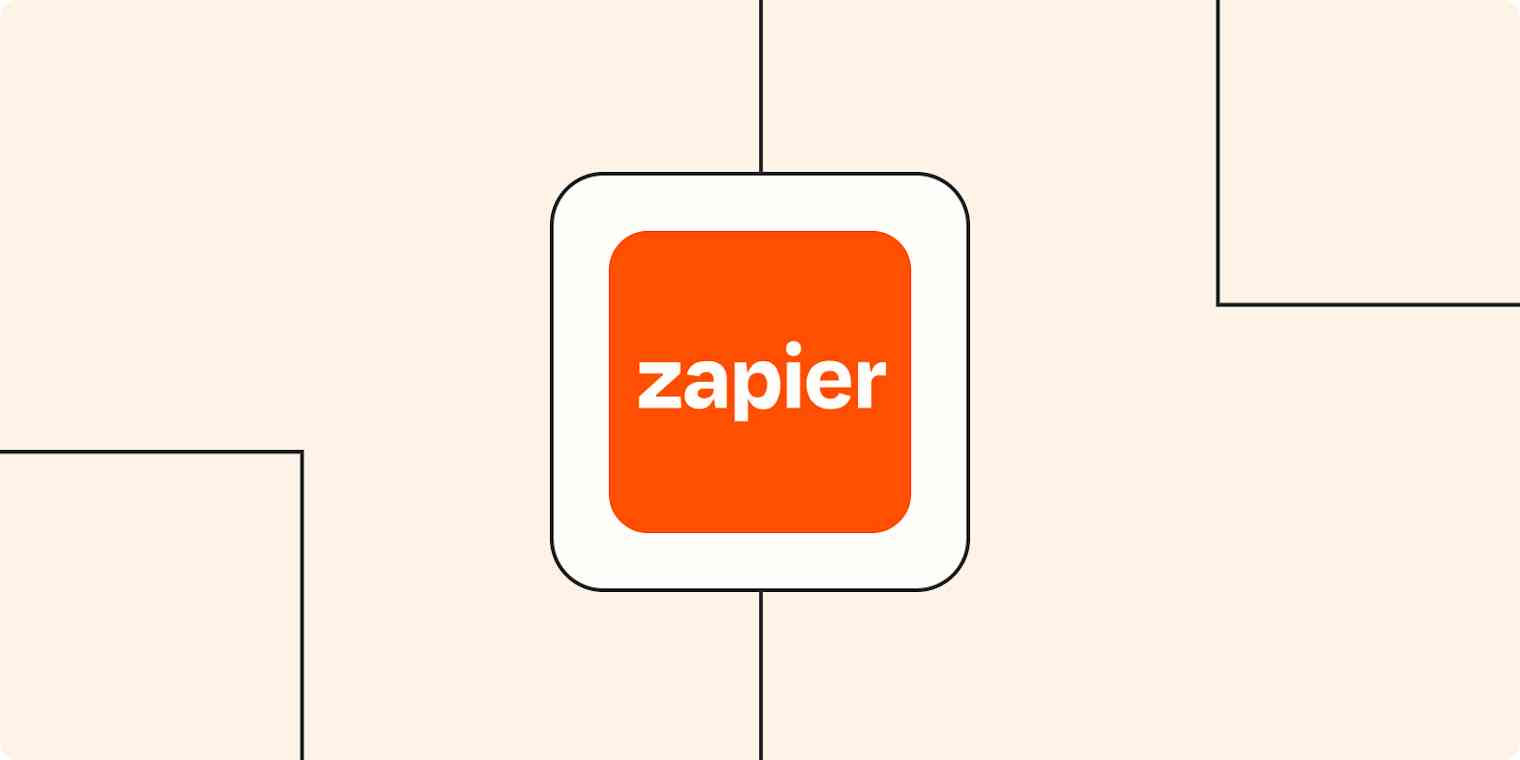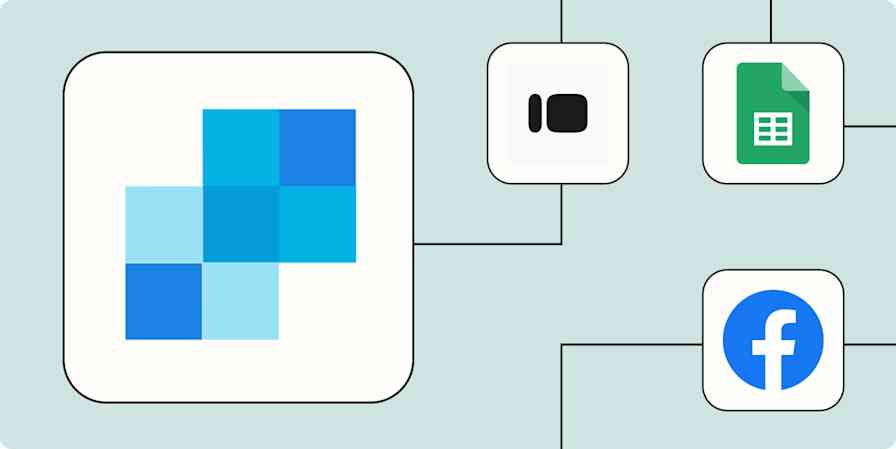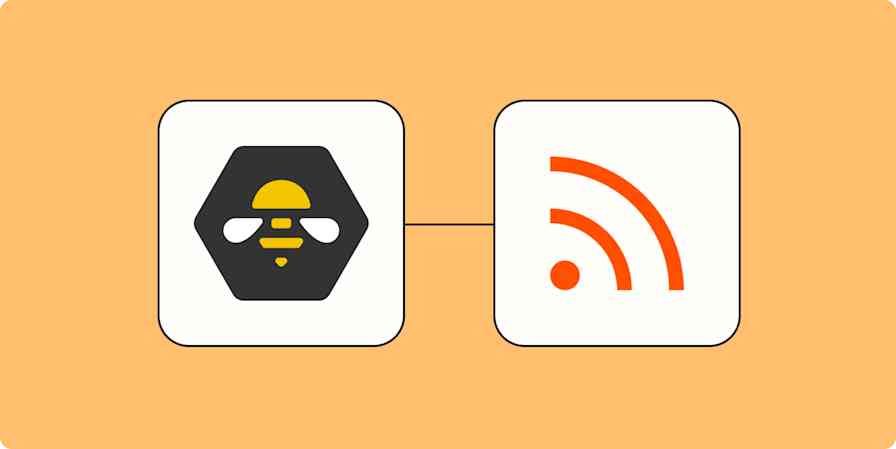If you're reading this, you likely understand how automation helps you save time on manual tasks so you can do the work you care about. But maybe you feel like you're the only one at this automation party because your manager or coworkers don't see your behind-the-scenes efforts.
You know how much better you are at your job—and what value you're bringing the business—because of automation. How can you make sure others understand it, too?
Here's how you can plant the automation seed at work—and get recognition for the extra value you're bringing.
Zapier is the leader in workflow automation—integrating with 6,000+ apps from partners like Google, Salesforce, and Microsoft. Use interfaces, data tables, and logic to build secure, automated systems for your business-critical workflows across your organization's technology stack. Learn more.
Lead by example
When I worked in a newsroom, I often showed my coworkers little tricks I picked up to make our processes more efficient, whether it was my personal workflow for editing stories, or how to use lists on Twitter. Likewise, I learned a lot from the tips they shared with me.
Seeing something in action can help make an abstract concept more concrete. You can show your work buddy how you personally use Zapier to automate a process at work. Maybe it's showing them how your Slack status sets itself automatically or how you manage your to-do list. Humans love shiny things, and if it's a shiny thing that eases the amount of work they need to do, that's even better.
It can be helpful to start small when you approach a coworker or supervisor hoping to get them to try something. If you start out by showcasing a convoluted Zap with 13 steps, they may feel overwhelmed and believe that automation is only for people with more technical knowledge than they currently have.
Then, if your coworker gets excited when you show them your own automated workflow, offer to help them set up a simple Zap of their own with their own Zapier account. It's free to start, and if they don't like it, there's no financial pressure.
You want them to set up a successful Zap that'll solve a problem for them. If you don't know where to start, check out these ideas for simple, yet tedious tasks that won't be missed once they're automated.
Here are a few popular Zaps you could share:
Send emails in Gmail for new leads in Facebook Lead Ads
Collect new Typeform responses as rows on Google Sheets
Send Slack messages whenever Google Sheets rows are updated
Walk someone through your most valuable Zap
If you do have a complex multi-step Zap that makes your own processes run smoothly, highlight it! This is especially useful if you're trying to help a supervisor or someone in company leadership understand the value of what you're doing.
You know that automating tasks and processes opens up time in your day, so talk about that. Show people the value automation brings to you, and the concrete benefits it has for your work and for the business.
Depending on your audience, you could talk about getting more time to focus on meaningful projects, reducing noise by improving notifications, reducing human error, improving task tracking, or otherwise streamlining manual processes to help the business. For example, if you know that overtime is a sore spot with your manager, talk about how automation has improved your productivity.
Get other people to evangelize
This is my favorite strategy. I'm pretty vocal about the stuff I'm passionate about, but it's easy to ignore one loud voice. Now, if you have several voices saying the same thing, it's much harder to ignore a critical mass. It's also a really subtle way to generate FOMO.
If you're feeling nervous about trying to convince a manager to implement automation for the whole team, you may have an easier time with another coworker first. You've already developed a collegial relationship and you're likely familiar with their pain points.
Once you've got another person championing automation, you can throw in something subtle about how you're trying to convince a higher-up. Having someone else help you make the case could make it an easier conversation as you take the idea to a manager or someone else in leadership.
Teach the automation mindset
All those strategies lead up to this one: Help others learn that automation is a strategy they can employ themselves.
Before I came to Zapier, I worked at a small startup. Every other week, my coworkers and I would log our clients' work using our product into a massive spreadsheet. Manually.
Yes, I know. I write for an automation company. I should be ashamed. But at the time, we didn't think to question whether this was something we could automate—it was just part of our jobs.
If you've already made automation a habit, that means you see possibilities for automation all around you. Maybe you've identified repetitive tasks that everyone could automate or a team process that needs improvement.
If you want to help others find value in automating tasks, asking some leading questions can help you identify a solution for them.
For example:
How often do you have to do this task?
Do you have to copy and paste between apps?
Do you have to do the same steps every time?
How much time do you think you spend doing this task?
What would you do with that time if you didn't have to do this process manually?
Based on their answers, if the task can be automated, offer to show them how to make a Zap—our word for the automated workflows you create with Zapier—to take that task off their plate. They'll be able to see how long it takes to set it up and learn a bit about how to create their own next time.





